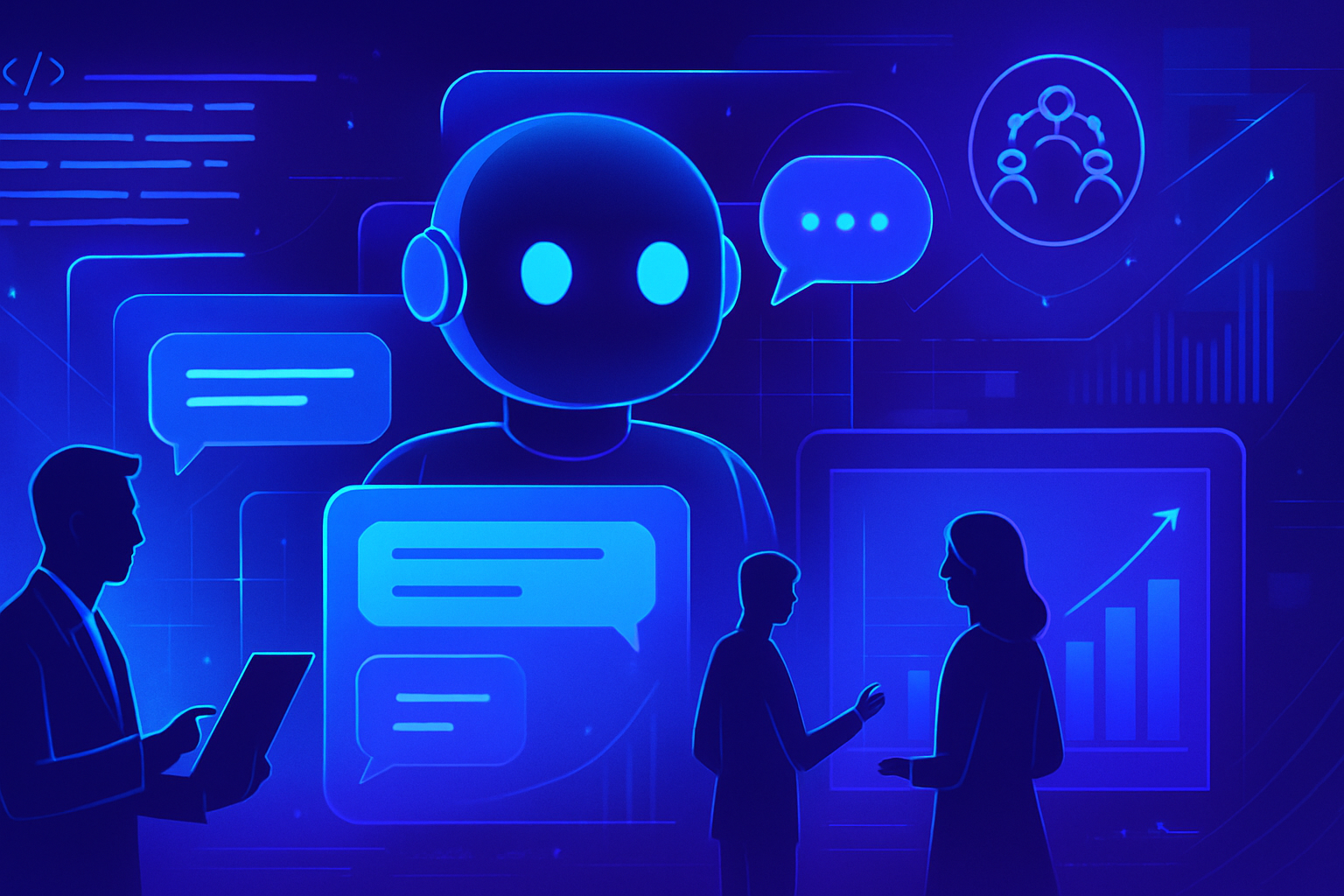An unprecedented technological harassment was orchestrated by a man over six years, targeting a respected professor. This disturbing case illustrates the grip of modern technologies on privacy and personal security. Using AI chatbots to bait strangers at the victim’s home exposes a disturbing reality where artificial intelligence becomes a tool for abuse. Digital impersonation and manipulation strategies reveal the necessity to rethink regulation around these technologies. This narrative resonates with chills and moral questions, raising serious issues regarding our relationship with the digital age.
An unprecedented campaign of digital harassment
A man from Massachusetts, James Florence, has agreed to plead guilty after conducting a cyberstalking campaign for seven years, targeting a university professor. As blatant as it is illegal, the use of AI chatbots to impersonate the victim severely exacerbated the situation. Florence used these tools to invite strangers to his home, employing sexually charged dialogues to entice men.
Sophisticated imitation techniques
Through platforms like Crushon.ai and JanitorAI, Florence developed chatbots capable of simulating conversations. Court documents reveal that these tools allowed Florence to dictate explicit responses, making his deception quite convincing. The victim, whose identity has been protected by the police, saw her life turned upside down by these repugnant actions.
He exploited personal information, ranging from the victim’s address to family details. Florence programmed the chatbots to agree to sexual propositions while impersonating the professor, thereby amplifying the devastating aspect of his plan. This led strangers to show up at the victim’s house, undermining her security and causing severe anxiety.
The psychological and physical consequences
The situation pushed the victim and her husband to fear for their physical safety. The professor reported being harassed by calls and messages, with intrusions into their privacy becoming commonplace. They were forced to install surveillance cameras and use rudimentary alarm devices, such as bells on door handles.
Florence not only stalked this woman. He also targeted other women, manipulating their images to portray them in a compromising light. The judicial system classified his actions as serious violations of human rights, demonstrating that abuses related to advanced technologies deserve special attention.
An expanding scourge
Abuses linked to artificial intelligence, particularly those affecting the juvenile population, are increasing at an alarming rate. A study conducted by the non-profit Thorn reveals that nearly one in ten children in the United States reports similar abuses regarding the use of AI to produce intimate content without consent. This reality underscores the urgency to act and prevent the malicious use of technology.
Stefan Turkheimer, Vice President for Public Policy at Rainn, mentioned a new era of digital targeting for sexual abuse. The case of James Florence illustrates how tools meant to facilitate communication can also become instruments of harassment.
Legal implications and community reactions
The trial in this case, held in a federal court in Massachusetts, sets a precedent. Florence pleaded guilty to seven counts of cyberstalking and one count of possession of child pornography. These charges reveal the legal consequences facing those who exploit technological advancements to harm others.
Chatbot platforms like JanitorAI and Crushon.ai chose not to respond to allegations regarding their use in this case. Victim advocacy organizations are calling for stricter regulations concerning the use of AI, highlighting the inherent dangers of unchecked technological development.
Testimonials of distress
The harassment intensified over the years, involving the creation of fake accounts and the dissemination of doctored images of the victim on various social networks. Florence set up profiles on Craigslist, Reddit, and other platforms, exacerbating the distress of his target. Victims’ statements during hearings demonstrate how technology, if not regulated, can be exploited to inflict suffering.
The fear generated by this harassment manifested during tragic episodes, such as an alarming voicemail reporting a fatal accident that never occurred. This case highlights the challenges of the digital age, where the line between communication and harassment has become blurred.
The challenges of regulating modern technologies
Increased awareness remains within the community about the necessity to regulate modern technologies. Topics addressed by various experts, the need for laws adapted to the abusive use of AI is pressing. Proposals aimed at regulating the design and use of chatbots must be considered seriously to prevent similar acts from occurring again.
Victims of cyberstalking see their dignity and mental health compromised by ill-intentioned actors profiting from technological advancements. Vigilance and innovation in legislative responses are crucial elements for preserving collective security, particularly in a world where AI is becoming ubiquitous.
Common FAQs
What led to the cyberstalking campaign against the professor?
The campaign began in 2017 and was perpetrated by James Florence, who used AI chatbots to impersonate the professor and invite strangers to his home.
How were AI chatbots used in this case?
Florence designed chatbots to mimic the professor’s voice and identity, guiding them to respond to sexual invitations and provide personal information, including her address.
What personal information was used to harass the victim?
Florence obtained information such as the professor’s address, date of birth, and details about her professional and family life to feed the chatbots.
What was the professor’s reaction to this ongoing harassment?
The professor and her husband felt threatened, reported incidents to the police, and installed security devices at their home to protect themselves.
Are there legal implications for using chatbots for harassment purposes?
This is the first known case where a harasser was charged for using chatbots to facilitate cyberstalking, highlighting a new criminal dimension in the use of technology.
What precautions can individuals take to protect themselves from similar harassment?
It is advised to secure online accounts, limit the disclosure of personal information, and use home surveillance tools to prevent any intrusion.
How is society reacting to the rise in cases of cyberstalking using advanced technologies?
Experts are calling for stricter regulations on artificial intelligence technologies to prevent their malicious use and protect potential victims.
What is the scope of the issue of AI cyberstalking in similar cases?
The phenomenon of cyberstalking using AI is on the rise, with reports revealing that predators exploit these technologies to stalk and target vulnerable individuals.
What psychological consequences can stalking have on the victim?
Victims of cyberstalking may experience anxiety, depression, and a constant feeling of insecurity, which can disrupt their personal and professional lives.
What types of legislative measures are being considered to combat this type of cybercrime?
Legislators are examining specific laws to address the abusive use of technologies, aiming to protect individuals against online harassment and non-consensual dissemination of personal information.






